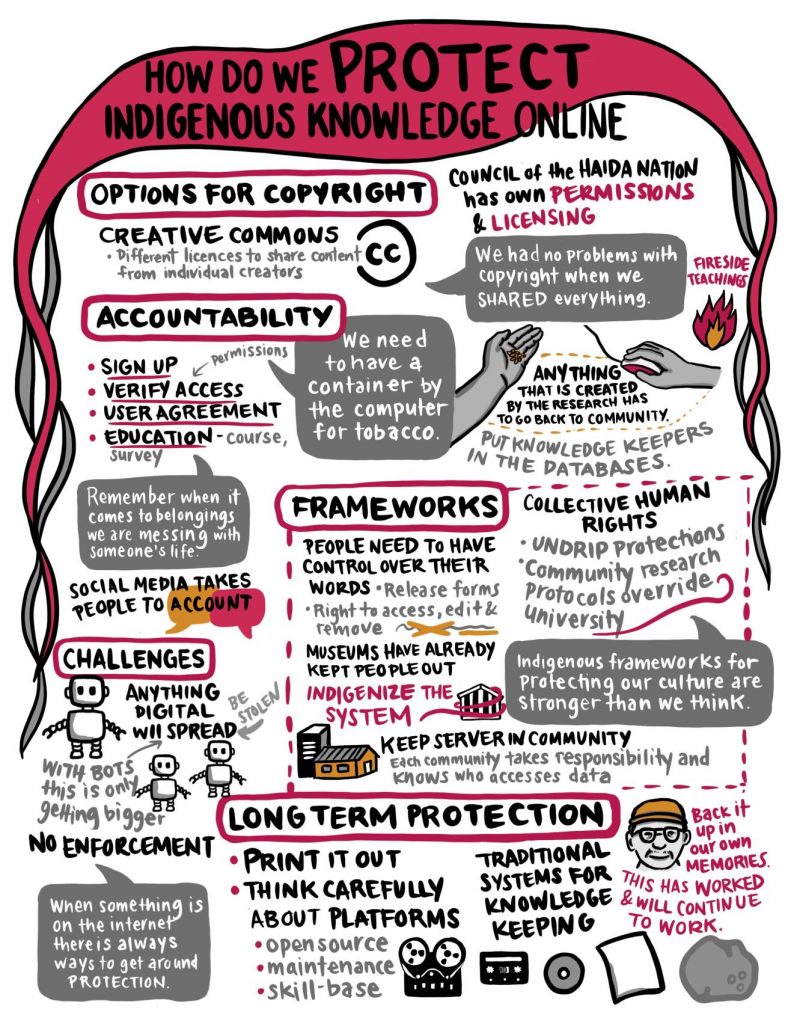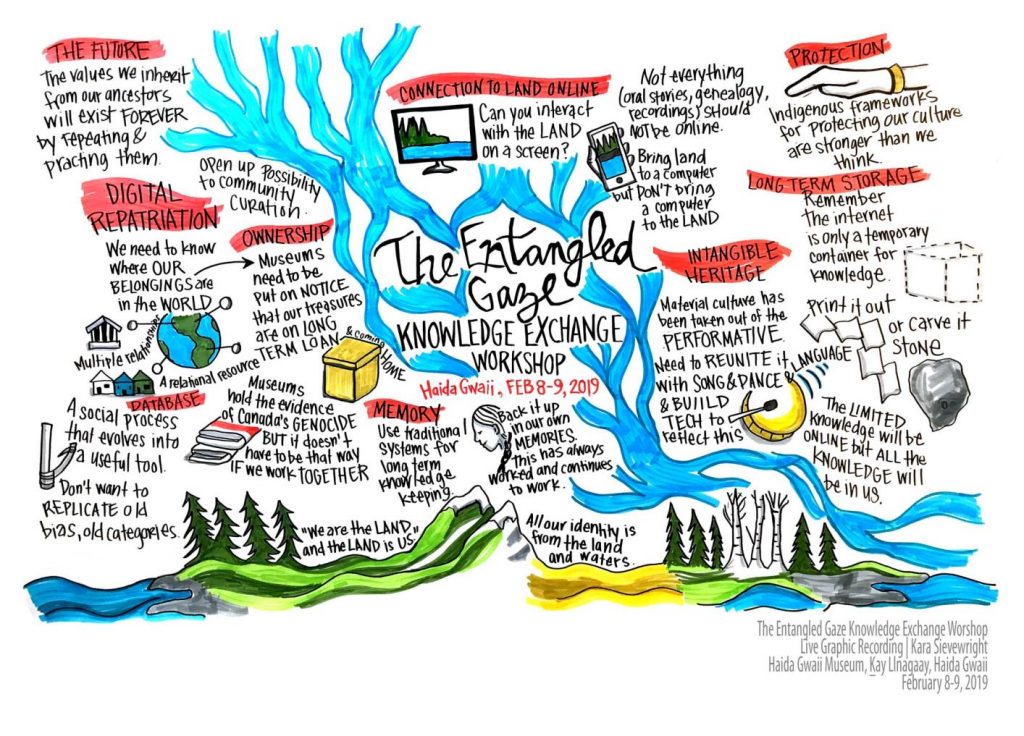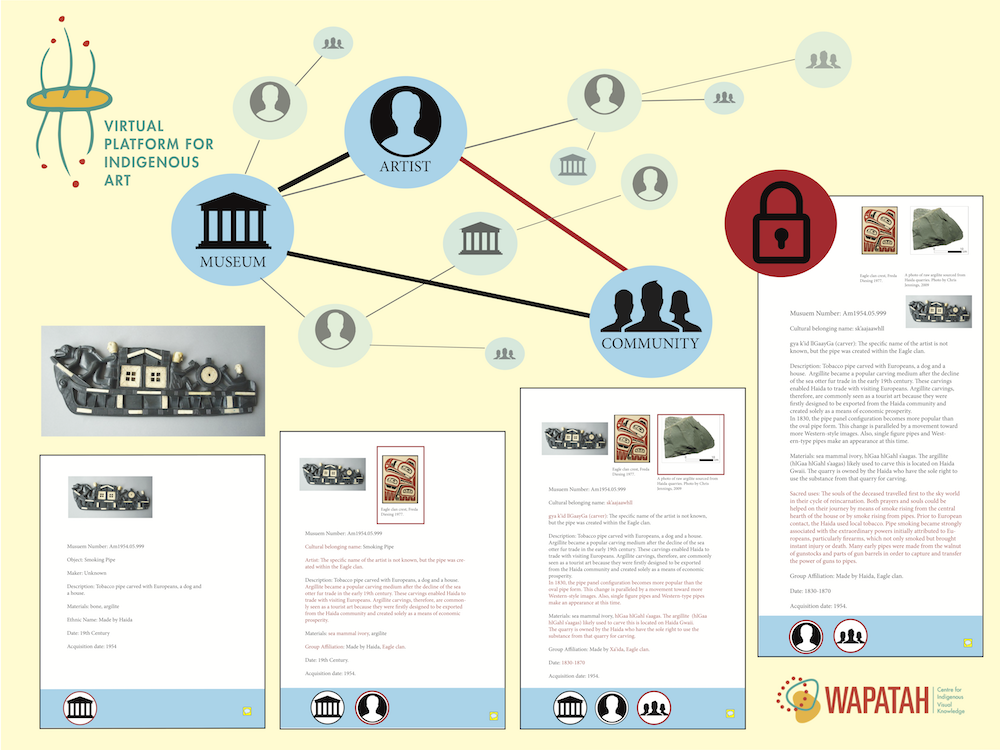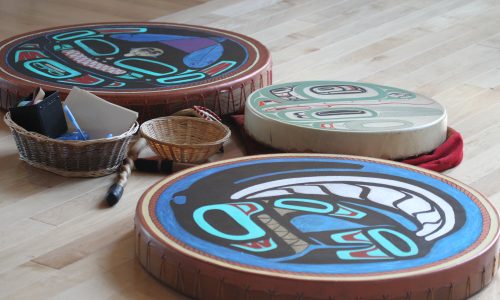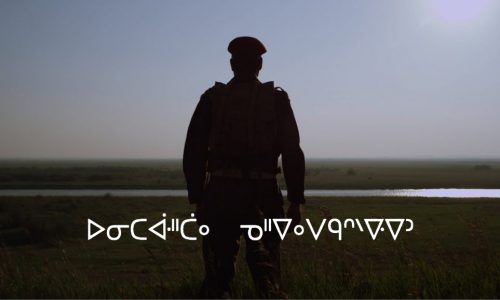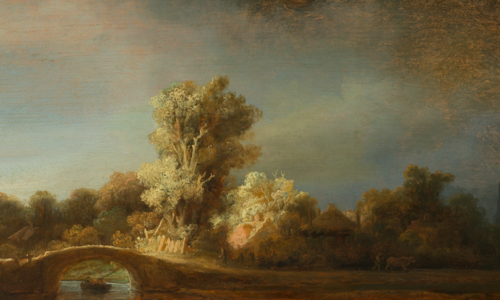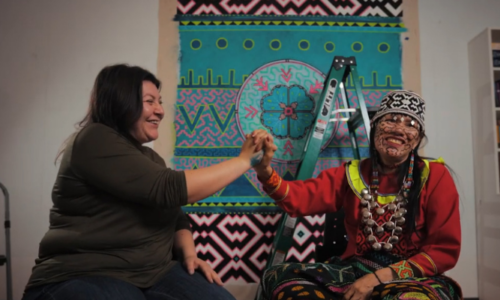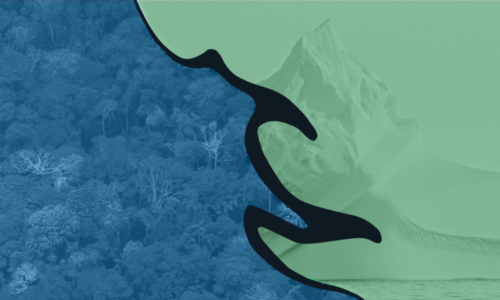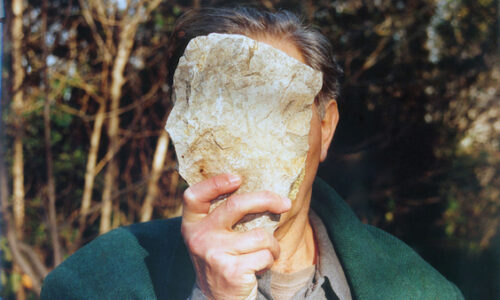Entangled Gaze:
Haida Gwaii Knowledge-Exchange Workshop.
The Entangled Gaze Knowledge-Exchange Workshop took place over two days in February 2019 at the Haida Gwaii Museum at Kay Llnagaay This workshop convened an interdisciplinary group of scholars, curators, Elders, and student participants from across Canada, United States, and Europe. Our objective was to facilitate a bidirectional exchange of knowledge between Indigenous Knowledge-Keepers and both Indigenous and non-Indigenous researchers. Specifically, our aim was to determine how best to address knowledge and research about Indigenous artistic representations of non-Indigenous newcomers from the period of early contact to the present day – a perceptual shift defined through the idea on an Entangled Gaze. This workshop contributed a rare opportunity to stress the importance of Indigenous knowledge systems in the representation of cultural heritage resulting from points of contact.
As part of The Entangled Gaze participants helped to collaboratively develop a set of protocols for research accessibility, preservation, as well as respectful and meaningful engagement with the Indigenous knowledge online. This workshop is a key part of the on-going larger-scope project developing an online knowledge database format for the Virtual Platform for Indigenous Arts (VPIA). The Entangled Gaze was a valuable opportunity to further an Indigenous-led strategy for the expansion of the Virtual Indigenous Platform as a digital collections database and an immersive curatorial space for Indigenous artists, scholars, and students
Watapah Team Contributors
 |
Dr. Gerald McMasterDr. McMaster has over 30 years international work and expertise in contemporary art, critical theory, museology and Indigenous aesthetics. His experience as an artist and curator in art and ethnology museums researching and collecting art, as well as producing exhibitions has given him a thorough understanding of transnational Indigenous visual culture and curatorial practice. His early interests concerned the ways in which culturally sensitive objects were displayed in ethnology museums, as well as the lack of representation of Indigenous artists in art museums. As a practicing artist, he offered a way of staging hitherto decontextualized objects different from the traditional formats favoured by exhibition designers trained in Western traditions; instead, his was an approach that rested on Indigenous epistemologies. These early stages in developing an –Indigenous visuality led him to study concepts in visual, experiential and spatial composition. His exhibition Savage Graces (1992) challenged long held views, and played a major role in breaking down conventional barriers around where art should be practiced, while also demonstrating that art is not tied to ethnicity. As a curator, he focused on advancing the intellectual landscape for Indigenous curatorship through the foundational concept of voice. He curated, for example, an exhibition called Indigena (1992) that brought together unfiltered Indigenous voices for the first time. Until then, non-Indigenous scholars had dominated discussions of Indigenous art, history and culture. McMaster made the point that Indigenous artists and writers were more than capable of representing themselves in articulate, eloquent ways. Over the past 20 years, he has continued to refine the idea of voice, leading him to ask: How can Indigenous voices continue providing new perspectives on well-researched subjects such as art, history and anthropology? Throughout his career, his championing of the mainstream value of Indigenous art, among other things, has led to his being chosen to represent Canada at a number of prestigious international events. These include his serving as Canadian Commissioner for the 1995 Venice Biennale, and as artistic director of the 2012 Biennale of Sydney, and curator for the 2018 Venice Architecture Biennale. Dr. Gerald McMasterDirector, Tier 1 Canada Research ChairDr. McMaster has over 30 years international work and expertise... |
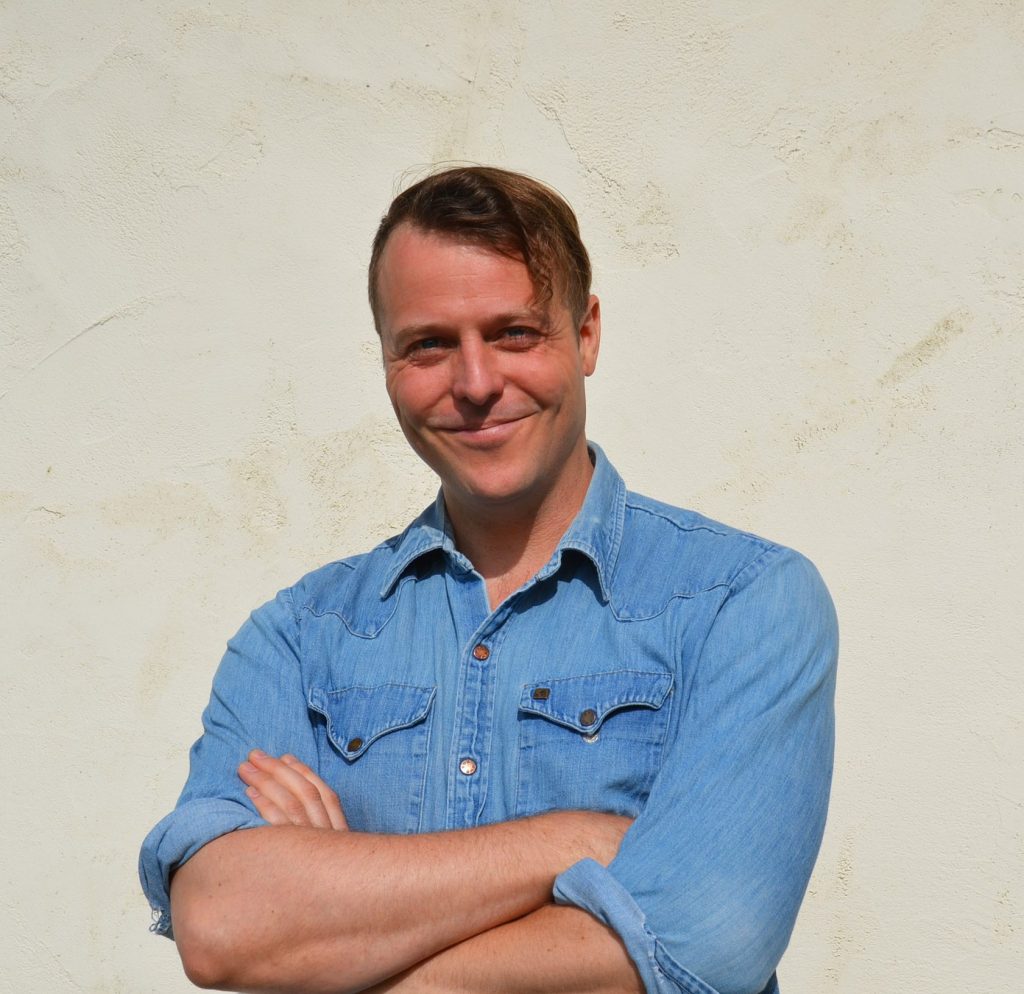 |
Dr. Brendan GriebelBrendan Griebel is a researcher and curator of Inuit material culture, focused on the intricate relationships that exist between history, materiality, and collective identity. He specializes in facilitating the documentation of community knowledge surrounding the making, use and interpretation of cultural objects ranging from archaeological artifacts and traditional technologies, to architecture, museum collections, and digital media. He holds a PhD in Anthropology from the University of Toronto, and has spent over a decade engaged in land-based and experiential research with Inuit scholars and knowledge holders throughout the Canadian Arctic. Brendan is a long-term collaborator with Nunavut’s Pitquhirnikkut Ilihautiniq (Kitikmeot Heritage Society), and a member of Carleton University’s Geomatics and Cartographic Research Centre. He is also the Co-Founder and Director of The Museum of Fear and Wonder, an Alberta-based institution dedicated to the emotional and psychological properties of objects. Dr. Brendan GriebelAlumniBrendan Griebel is a researcher and curator of Inuit material culture, focused... |
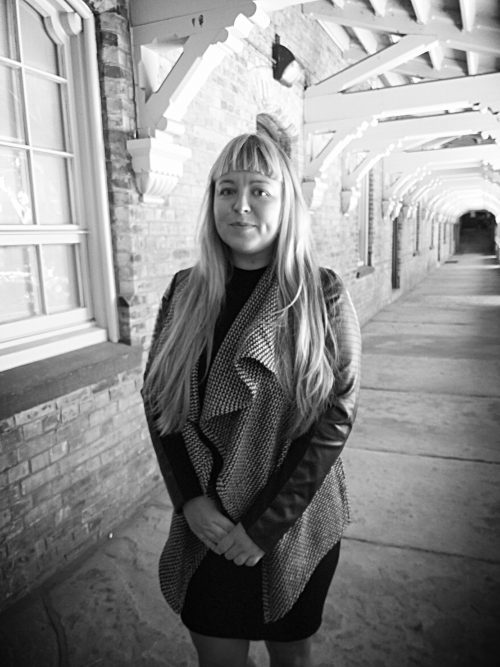 |
Natalja ChestopalovaNatalja Chestopalova is part of the Ph.D. in Communication and Culture Program at York and Ryerson Universities in Toronto. Her research is informed by the study of digital media, archival aesthetics, phenomenology, and psychoanalysis, and focuses on the transformative sensory experience and multimodality in film, graphic novel medium, and theatrical site-specific performances. With the support from the Social Science and Humanities Council of Canada (SSHRC), she has presented at multiple Canadian and International events, including roundtables & panels on new media archives, visual storytelling, and preservation of ephemeral cultural narratives. Her recent works include papers and multimodal installations on archives-of-trauma in non-fiction graphic narratives and theoretical developments in the Lacanian concept of the voice and voicelessness. Her publications appear in the White Wall Review, Canadian Journal of Communication, Dialogue, The Routledge Encyclopedia of Modernism, Sound Effects: The Object Voice in Fiction, and an essay volume on the Freudian theory of afterwardness and archives-of-feeling in comics of Alison Bechdel. Natalja ChestopalovaResearch Project ManagerNatalja Chestopalova is part of the Ph.D. in Communication and... |
